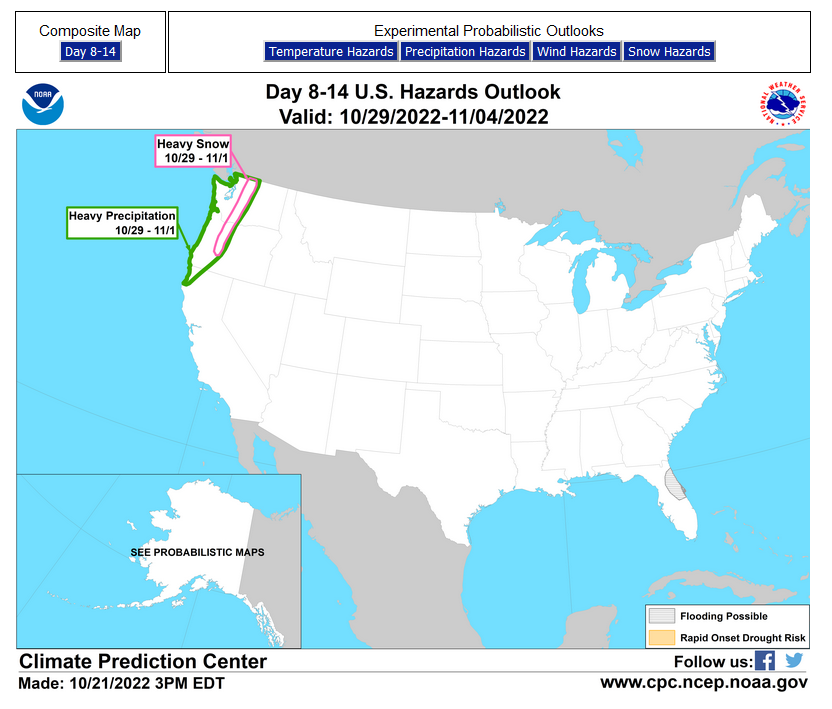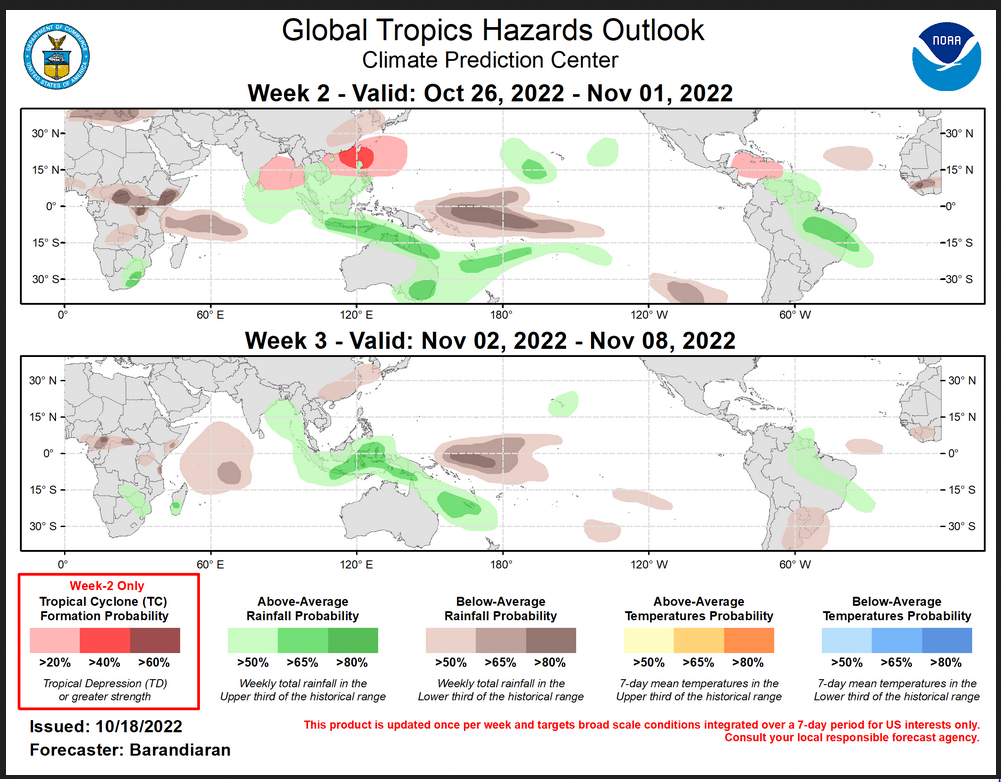Here is what we are paying attention to this evening and the next 48 hours from this evening’s NWS Forecast.
...A robust low pressure system is bringing the first widespread wintry weather event of the season across the northern and central Rockies into the northern High Plains... ...Severe weather is possible tonight over the eastern portion of the northern to central Plains... ...Another low pressure system will bring a quick round of heavy rain, strong to severe thunderstorms across the central U.S. Monday and Tuesday...
Continuation of the NWS Short Range Forecast (It is updated twice a day and these updates can be found here.
A low pressure system exiting the northern and central Rockies is forecast to intensify further and continue to bring the first wintry weather event of the season into the northern High Plains through tonight. A cold air mass from western Canada will be ushered into the region behind the intense low pressure system, resulting in rain changing to a period of accumulating snow across the northern High Plains. Northwesterly winds behind the storm center are expected to strengthen to gale force with stronger gusts along with falling temperatures. The storm is forecast to be near peak intensity Monday morning as it tracks northeastward into southern Canada. Improving conditions are expected to set in as the storm moves farther away, with the snow and winds gradually taper off later on Monday. Behind the storm, much below normal temperatures will surge all the way through the western U.S. and into much of the northern and central Plains, replacing near record high temperatures upward to 90 degrees this afternoon, to below freezing by Tuesday morning. Meanwhile, Hurricane Roslyn has made landfall and is weakening rapidly over the mountainous terrain of central Mexico. Higher level moisture associated with the remnants of Roslyn is forecast to interact with the trailing cold front associated with the deep cyclone over the northern Plains. This interaction is forecast to spawn a new low pressure system over the southern Plains on Monday. Rain and thunderstorms are expected to quickly develop and expand across the southern Plains toward the Mississippi Valley on Monday as this low pressure system deepens along the front. Excessive rainfall and severe thunderstorms are possible on Monday into early on Tuesday ahead of this system. During the day on Tuesday, areas of locally heavy rain together with strong to severe thunderstorms are forecast to move farther northeast across the Mississippi Valley into the Midwest. Near the East Coast, a slow-moving front will keep damp and rainy conditions through much of Monday mainly from the Mid-Atlantic coast northeastward into coastal New England. Southern New England could see a round of heavier rain during the day on Monday from this system. By Tuesday, the rain should be slowly tapering off as the front is forecast to gradually dissipate but the clouds will likely linger. Moisture associated with the next Pacific system will rapidly reach the Pacific Northwest late tonight, bringing with it the next round of rain to the lower elevation of the Pacific Northwest and high-elevation snow from the Cascades on Monday, reaching into the northern Rockies by Tuesday. Another plume of moisture from the Pacific is forecast to reach the Pacific Northwest coast later on Tuesday.
Current forecast of heavy precipitation (Updates can be found HERE)
Maps that relate the forecast to geography can be found by clicking Here for Day 1 and Here for Day 2.
Here is a 60-hour animated forecast map that shows how the short-term forecast is expected to play out
If it needs to be updated click here.
ATMOSPHERIC RIVERS
Click HERE to update. HERE is some useful information about Atmospheric Rivers.
HAZARDS OUTLOOKS
Click here for the latest complete Day 3 -7 Hazards forecast which updates only on weekdays. Once a week probably Monday or Tuesday I will update the images. I provided the link for readers to get daily updates on weekdays. Use your own judgment to decide if you need to update these images.
Worldwide Tropical Forecast
(This graphic updates on Tuesdays) If it has not been updated, you can get the update by clicking here This is a new approach and covers weeks 2 and 3 not weeks 1 and 2. It has more information but I am having trouble getting used to it. As usual, it comes with a discussion which is below
Detailed Maps and Reports for the Western Atlantic and the Pacific Oceans
Below are four maps that summarize the situation for the Atlantic, Eastern, Central Pacific, and Western Pacific. Additional information can be accessed by clicking HERE
First the Atlantic
Click to view the forecast map and have access to additional information https://www.nhc .noaa.gov/gtwo.php?basin= atlc&fdays=5
Then Eastern Pacific
Click to view the forecast map and have access to additional information https://www.nhc.noaa.gov/gtwo.php?basin=epac&fdays=5
Then Central Pacific
Click to view the forecast map and have access to additional information https://www.nhc.noaa.gov/gtwo.php?basin=cpac&fdays=5
And the Western Pacific
Click to view the forecast map and have access to additional information https://www.metoc.navy.mil/jtwc/jtwc.html
Some Intermediate-Term Outlooks
Links to “Outlook” maps and discussions for three time periods. Days 6 – 10, Days 8 – 14, and Weeks 3 and 4. An outlook differs from a forecast based on how NOAA uses these terms in that an “outlook” presents information from deviation from normal and the likelihood of these deviations.
You have to click on the links because they do not update automatically and I do not want to have stale images in the article. But it is not difficult to click on a link and you get a large image plus a discussion. On Fridays in a separate article, we will show the images and provide a link in this article that article. But remember what you will see is the images as of Friday. But here you can get the current images simply by clicking on them. Then hit the return arrow at the upper left of your screen to return to the article. You will not find this information easily anywhere else.
Right now you can find these maps here (We show them every Friday there but you can click above and find them).
Worldwide Weather
Below is the current or short-term precipitation forecast which can be updated by clicking HERE Additional maps can be obtained HE RE.
Month to Date Information
Month to date Temperature can be found at https://hprcc.unl.edu/products/maps/acis/MonthTDeptUS.png
Month to date Precipitation can be found at https://hprcc.unl.edu/products/maps/acis/MonthPNormUS.png









